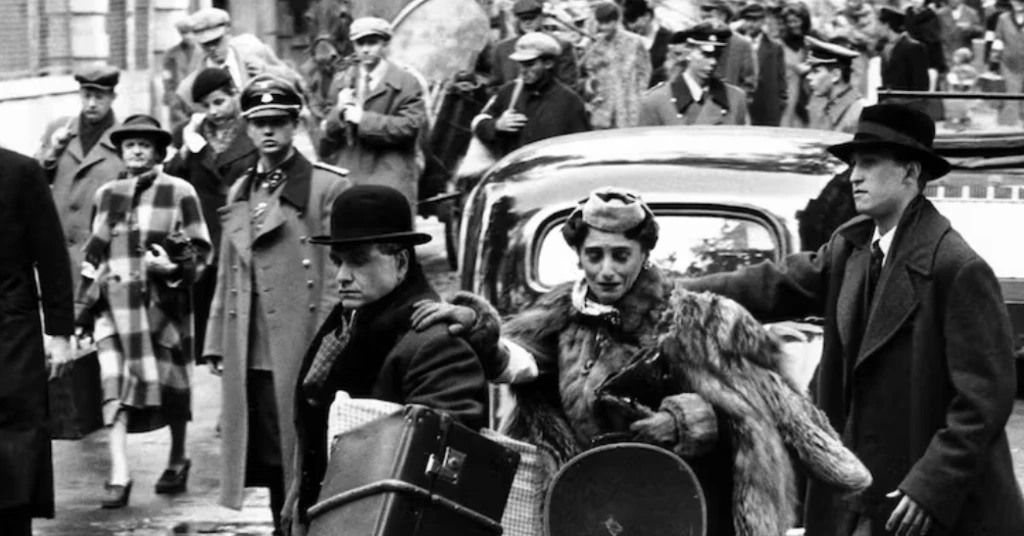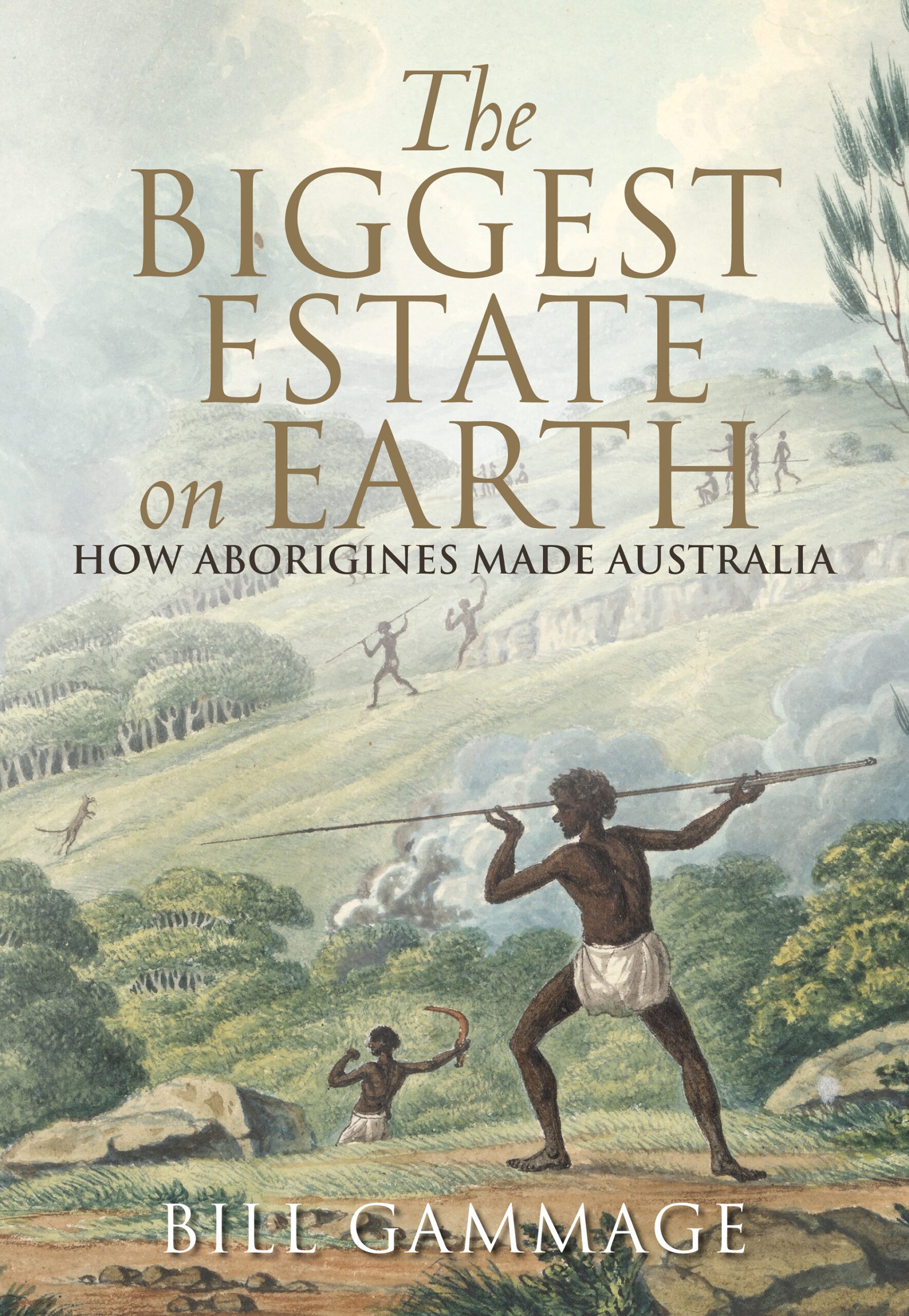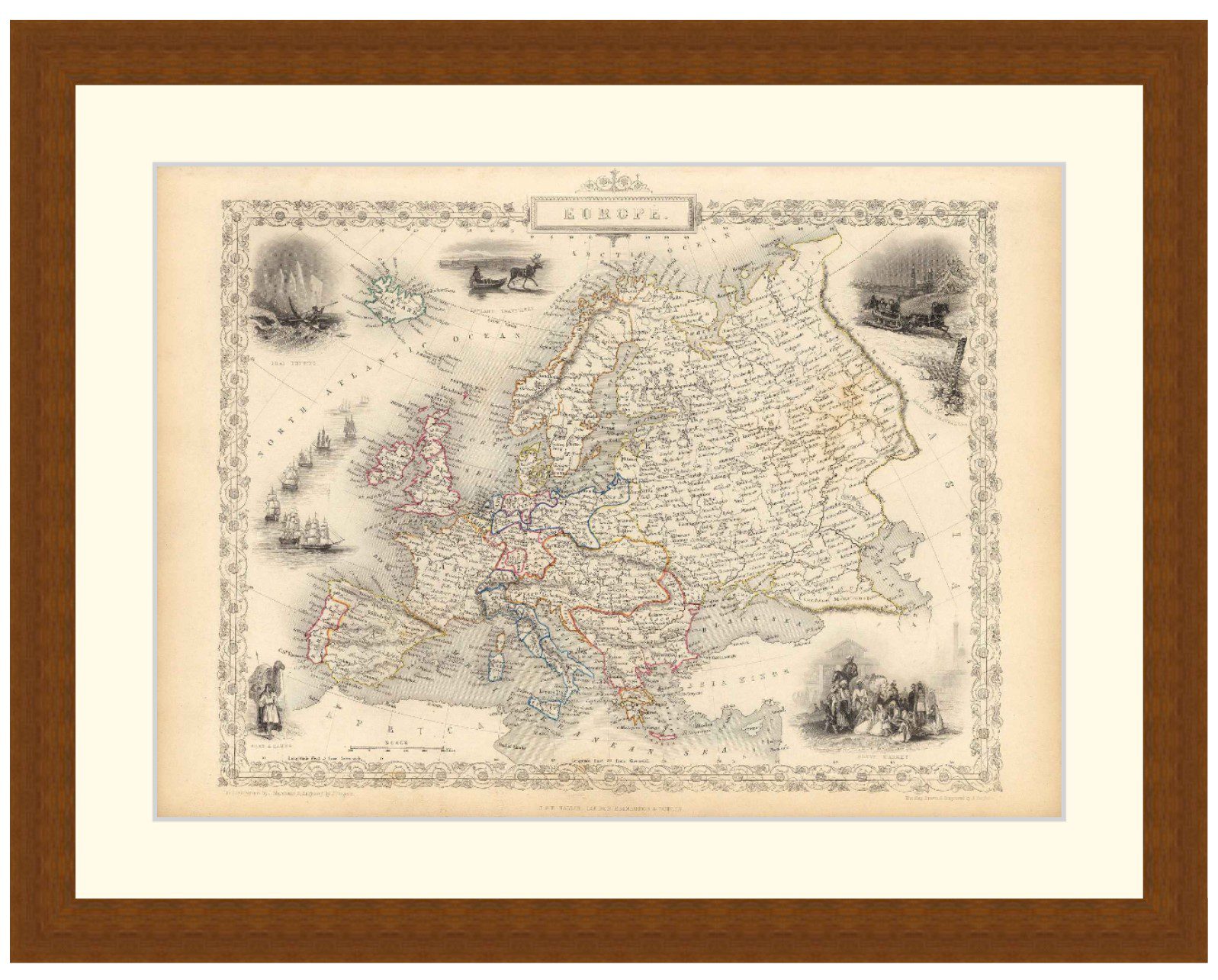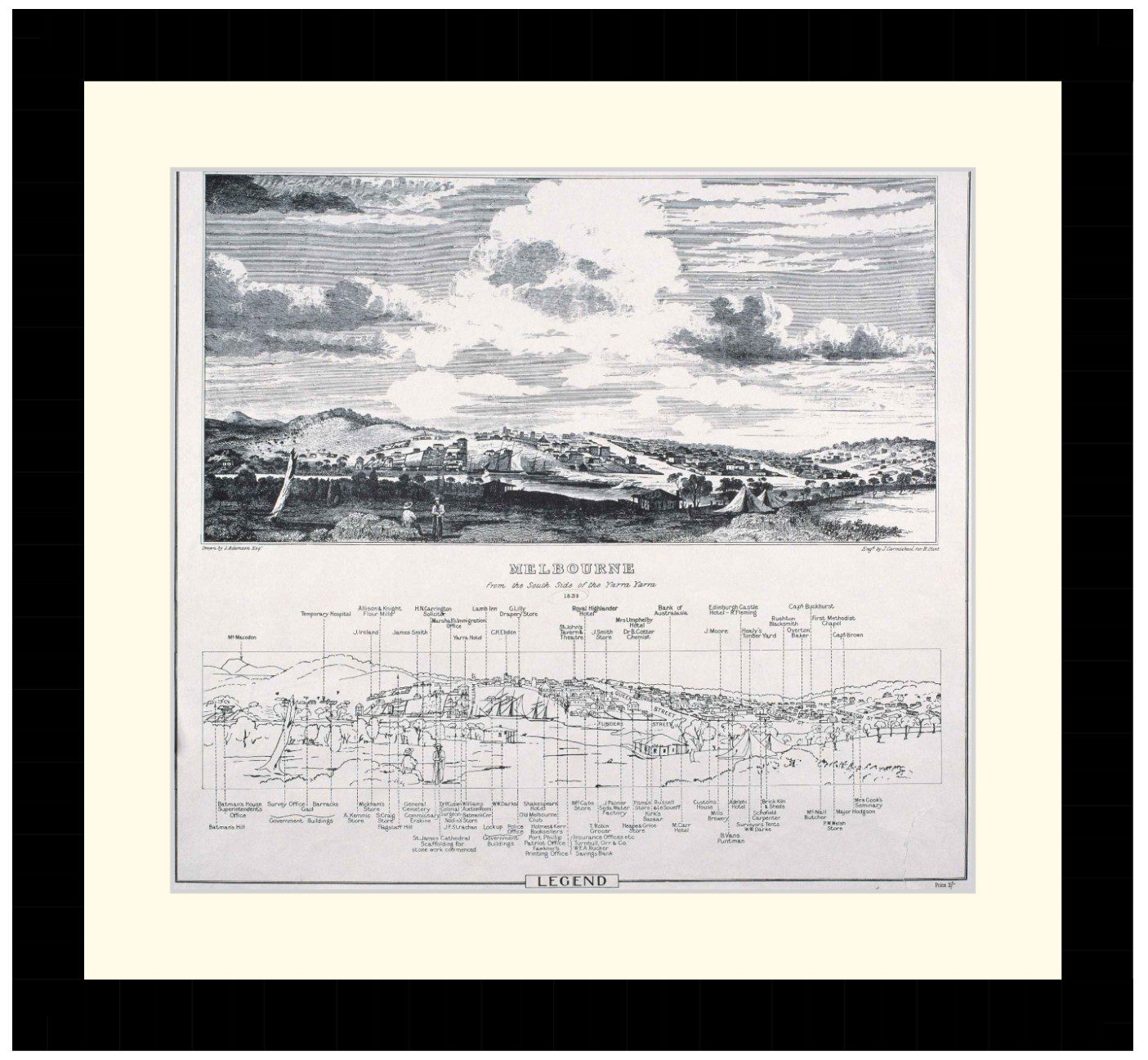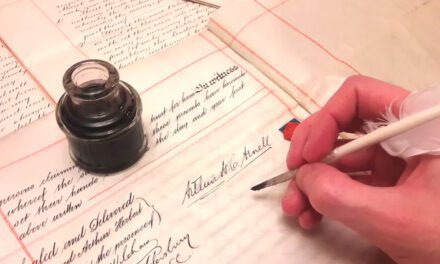Reading time: 5 minutes
Schindler’s List, released 30 years ago, remains Steven Spielberg’s most highly acclaimed and emotionally sapping film. Winning seven Academy Awards, including best picture and best director, it was widely praised for its portrayal of the horrors of the Holocaust.
By Ben McCann, University of Adelaide
Schindler’s List marked a turning point in Spielberg’s career. The director later said making the film changed his life.
Up to this point, he was known as a thrilling blockbuster director. With Schindler’s List, Spielberg turned his attention to darker, conflicted characters and shifted his focus to bigger themes of good and evil, heroism in adversity and the human cost of war.
His later work is still exciting and still jolts the senses in ways that very few contemporary filmmakers can, as in the musical showmanship of West Side Story (2021) or the fantastical realism of War Horse (2011). But Schindler’s List outshines them all with its detached focus on the sheer brutality and its steadfast refusal to look away.
Retelling the Holocaust
Schindler’s List tells the true story of Oskar Schindler, the German businessman who saved 1,100 Jews from the Holocaust by employing them in his enamelware and ammunition factories.
Prior to Schindler’s List, accounts of the Holocaust on film had been reserved for documentary, such as Alain Resnais’s Night and Fog (1956) and Claude Lanzmann’s monumental Shoah (1985), which lasts nine hours and was composed of interviews with survivors and perpetrators of the Nazi death camps.
Hollywood had always shied away from dramatising the Holocaust, feeling such a devastating subject could not be depicted dramatically in the name of entertainment.
Recounting historical events in film is fraught with tension. Creative liberties are taken, timelines are condensed, characters combined and fictional elements added to enhance the dramatic quality of the narrative.
Spielberg acquired the rights to Thomas Keneally’s Booker Prize-winning novel in 1983, but was initially reluctant to take on the film. Instead, he offered it to the likes of Billy Wilder and Martin Scorsese.
By the early 1990s, dismayed by what he perceived as a rising tide of anti-Semitism and Holocaust denial, Spielberg understood it was finally time to make the film.
Despite containing a few historical inaccuracies, Schindler’s List was instrumental in creating what historian Peter Novick called a “Holocaust consciousness”.
An anti-Spielberg film
Spielberg wanted to avoid casting stars. He picked the then largely unknown Liam Neeson as the charismatic Schindler and Ralph Fiennes as Amon Göth, the vicious SS commandant.
Much of the film details the personal interactions between the two men as Schindler observes the cruelties visited upon Polish Jews and sacrifices his fortune to save as many of them as he can.
At over three hours long, Schindler’s List remains Spielberg’s longest film.
The director’s trademark flourishes are absent. There are no zooms or dolly shots, no smooth Steadicam tracking shots or soaring soundtrack. Apart from a brief opening and coda, the film remains the only black and white film Spielberg has ever shot.
He and his trusted cinematographer, Janusz Kamiński, wanted the film to resemble archival footage. But the choice of black and white did not just suggest “the past”. It also suited the sober approach to the unfolding of devastating historical events.
Famously, the film’s centrepiece – a shattering 15-minute scene in which the Nazis ferociously liquidate the Kraków ghetto – contains the film’s only use of colour. As Schindler looks on in horror, he spots a young girl in a red raincoat. It marks a radical turning point in Schindler’s moral development.
Spielberg’s use of cross-cutting is meticulous. A mass killing scene is interspersed with footage of an SS officer playing Bach on a piano. In another, Schindler celebrates his birthday while Göth beats his maid and a wedding takes place inside a labour camp.
Spielberg shot on location just outside Auschwitz in the winter of 1992 during the day, and at night worked on the post-production for Jurassic Park, which he had shot in Hawaii six months earlier. Spielberg was working on two epoch-defining films simultaneously, yet they were completely different in tone, visual style and cultural impact.
Critical acclaim … and reproach
The film was widely praised on its release. Roger Ebert called it the best Spielberg had ever made. Bill Clinton implored audiences to see it.
But it was also condemned for being didactic, emotionally manipulative and a crass oversimplification of history. Jean-Luc Godard was particularly caustic, while Stanley Kubrick argued the film’s chief failing was its humanising of Oskar Schindler and Spielberg’s relentless need to create a flawed, but human, hero.
In 1994, with the proceeds from the film, Spielberg established the USC Shoah Foundation, an institute dedicated to collecting interviews with survivors and witnesses of the Holocaust.
He also became a vocal champion for the teaching of history in American schools, with the film used to illustrate the importance of bearing witness to historical atrocities and hatred.
Spielberg after Schindler
Schindler’s List paved the way for Spielberg to engage with other important historical events in Saving Private Ryan (1998), Amistad (1997) and Bridge of Spies (2015).
Spielberg has not entirely turned entirely turned his back on his blockbuster entertainment roots. War of the Worlds (2005), The Adventure of Tintin (2011) and Ready Player One (2018) all remind us of “early Spielberg”, but Schindler’s List was the film that finally convinced Hollywood to take Spielberg seriously.
Its message of courage in the face of tyranny seems just as relevant today as it was 30 years ago.
And it would have another role to play for Spielberg. When he returned to college in 2002 to complete a bachelor of arts he had started – but never finished – in 1969, he submitted Schindler’s List for course credit.
This article was originally published in The Conversation.
Podcasts about the real Oskar Schindler
Articles you may also like

General History Quiz 66
Weekly 10 Question History Quiz.
See how your history knowledge stacks up!
1. What year did the Mongol empire reach it’s greatest extent?
The text of this article is republished from The Conversation in accordance with their republishing policy and is licenced under a Creative Commons — Attribution/No derivatives license.

